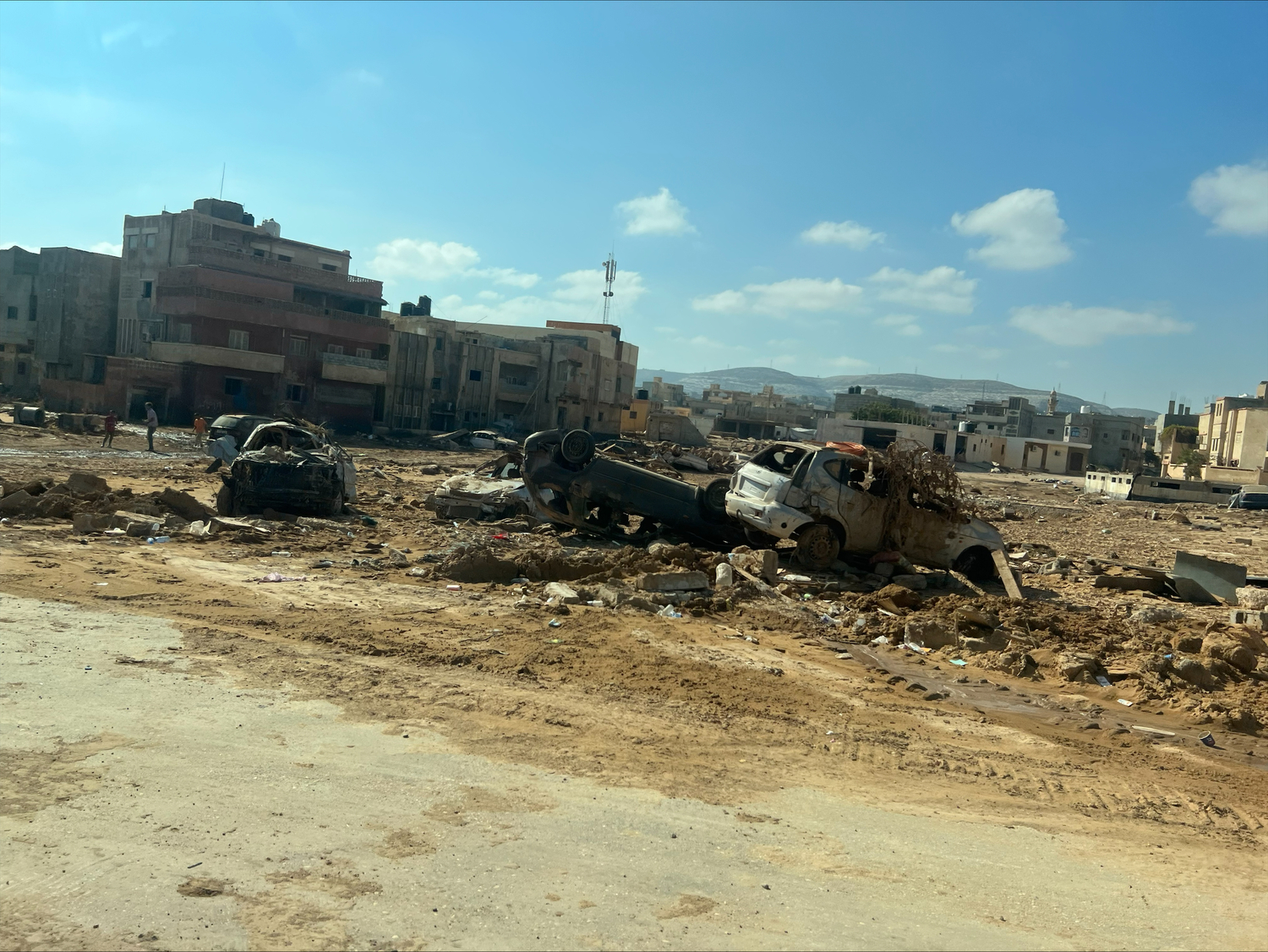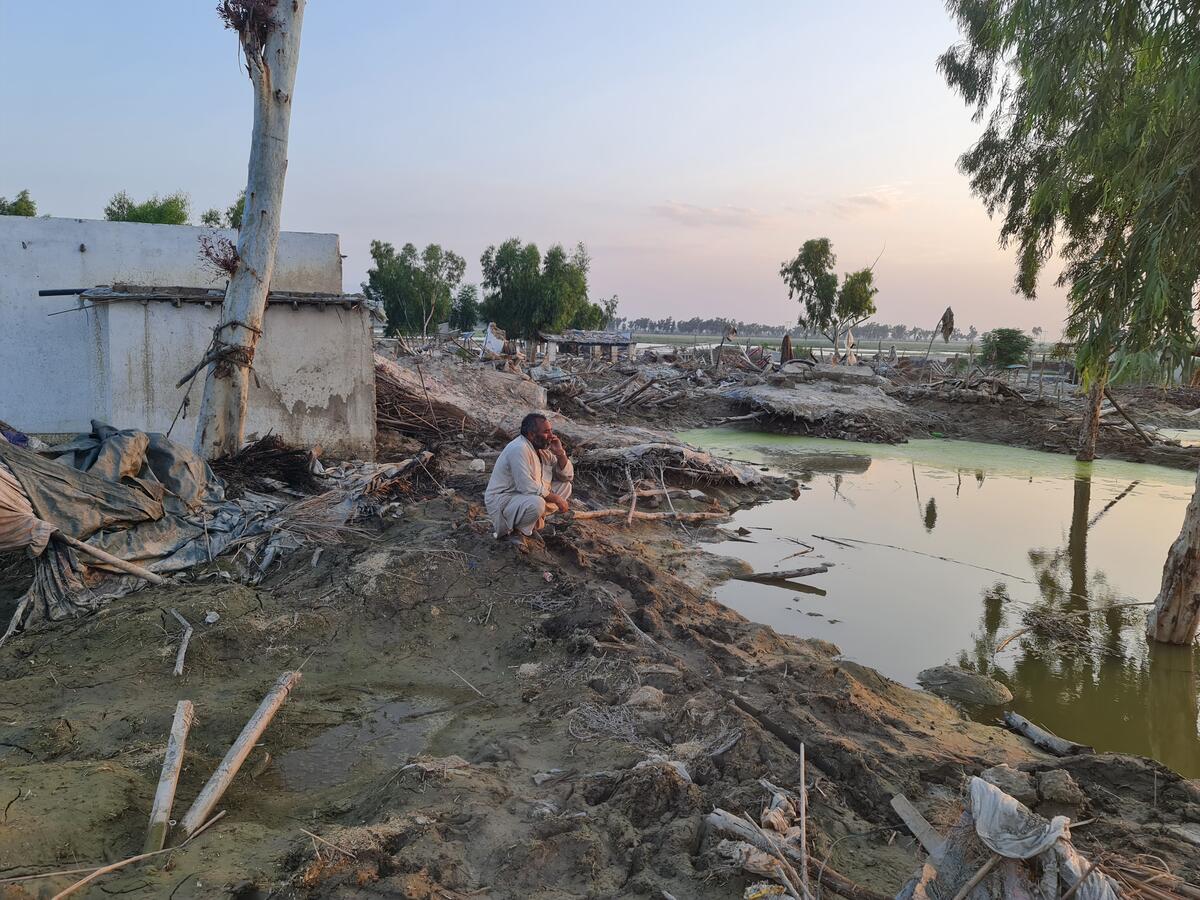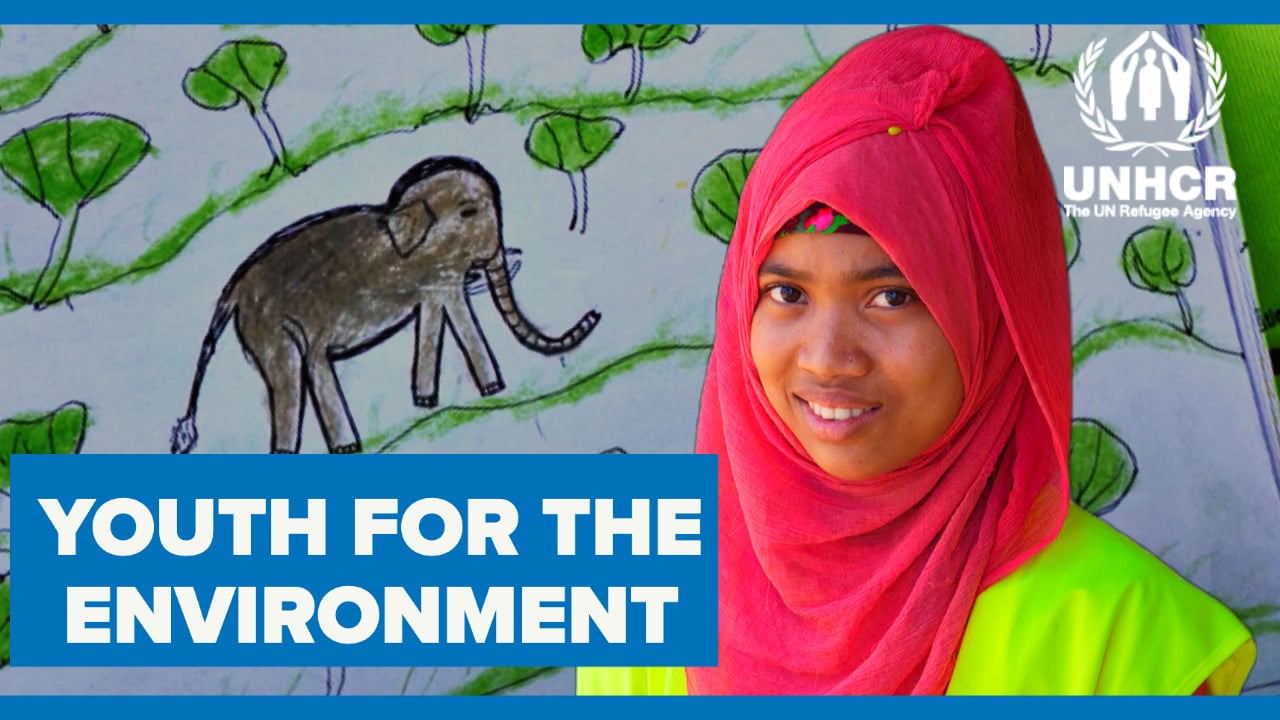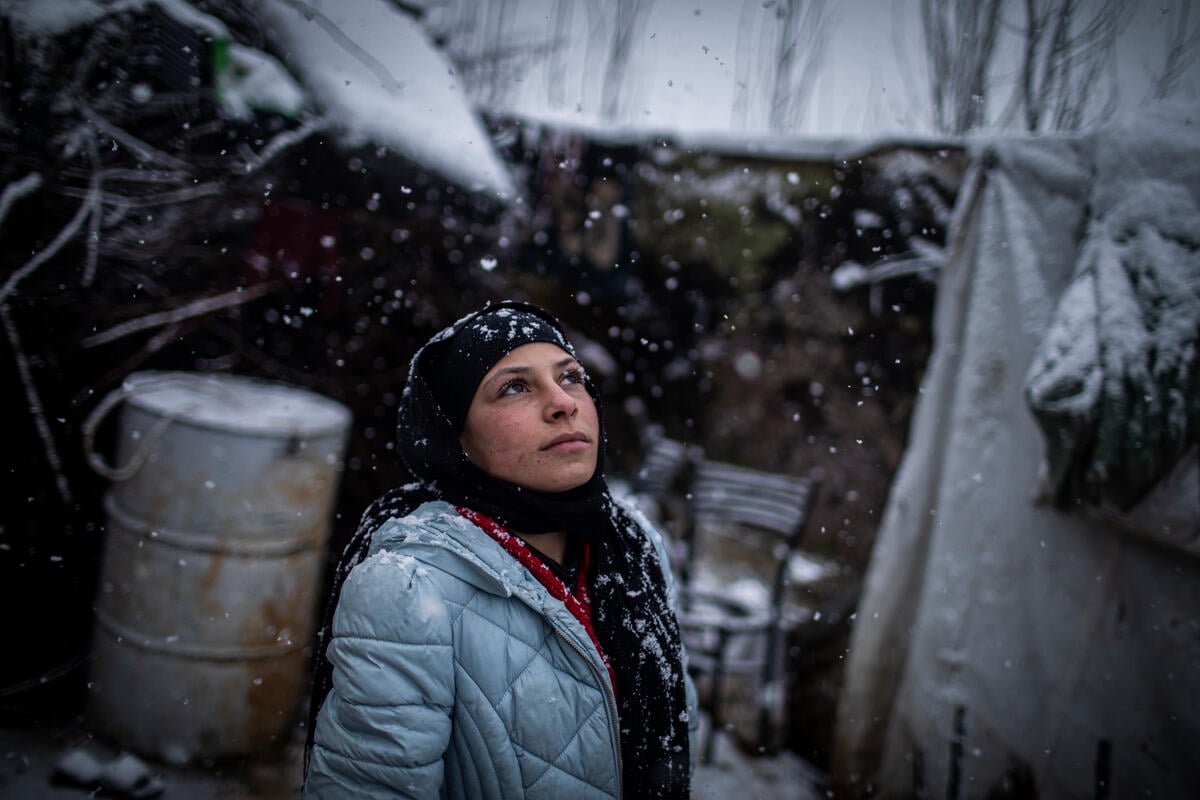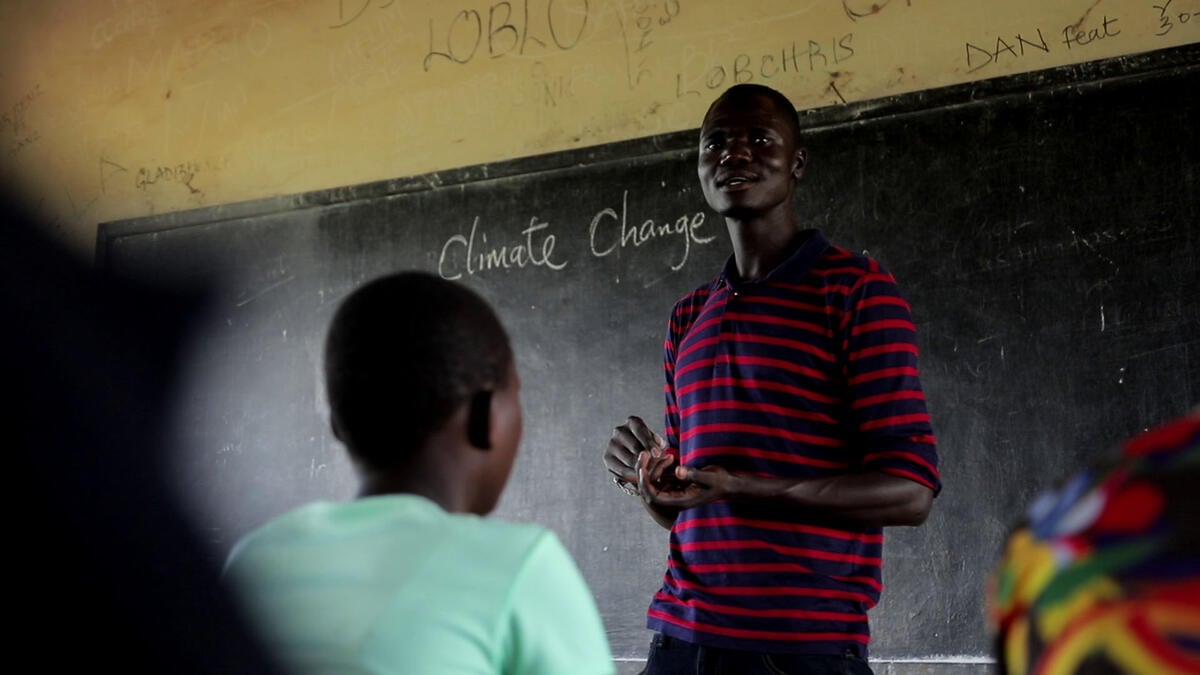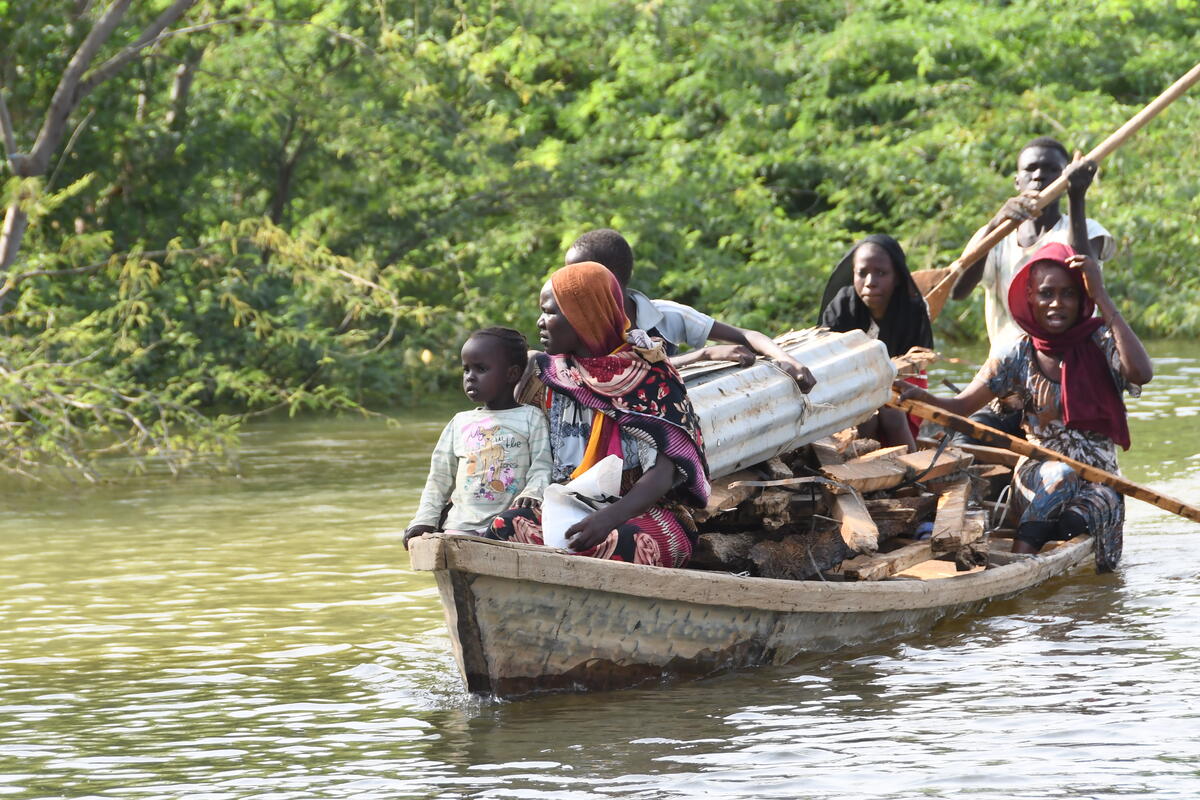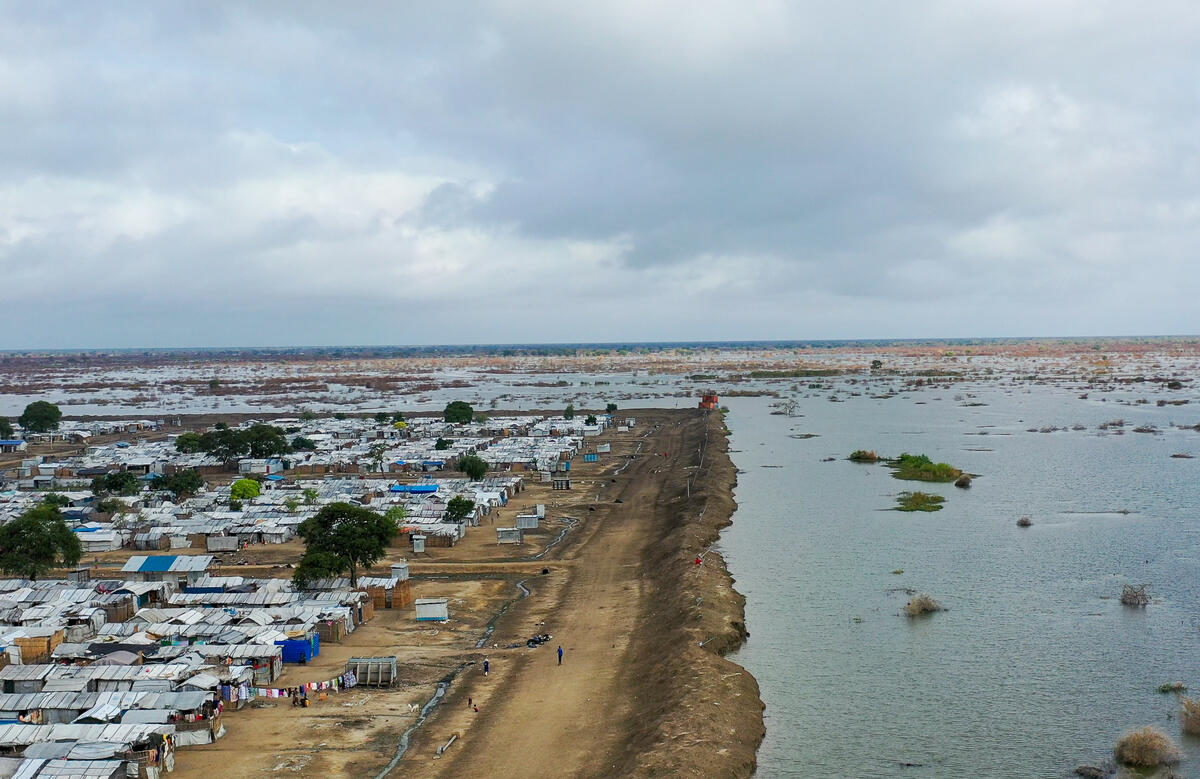Monsoon rains highlight needs of Rohingya refugees
In her mud-floored shelter clinging to a steep hillside, Ayesha Begum dreads the sound of thunder.
“It would take just one storm to wash us all away,” the Rohingya widow says, the rain drumming ominously on the tarpaulin roof of the flimsy shack she shares with her five sons and two daughters.
“I’m terrified for my children. We are at the mercy of god,” she says.
Ayesha, 45, is among hundreds of thousands of women, children and men who have escaped deadly violence in Myanmar since last August – and whose lives remain at risk from monsoon flooding and landslides at the world’s largest refugee settlement in Bangladesh.
“It would take just one storm to wash us all away.”
Her neighbour, mother-of-six Hamida Khatun, 25, lives in a bamboo and plastic-roofed hut propped up by sandbags and tangled tree roots on the lip of a muddy ravine.
“We’ve done what we can to secure it, but we’re terrified. We need help,” says Hamida, clasping her six-month-old daughter Senuara tightly.
This Sunday, UN Secretary-General António Guterres and World Bank Group President Jim Yong Kim begin a two-day visit to Bangladesh to seek support for nearly a million Rohingya refugees in dire need like Ayesha and Hamida and for their hosts in one of the world’s most natural disaster-prone countries. Joining the delegation are UN High Commissioner for Refugees Filippo Grandi and UN Population Fund Executive Director Natalia Kanem.
Refugees fleeing the security crackdown in Myanmar’s Rakhine state last August reported villages burnt to the ground, killings and rapes. Ten months on, the Rohingya – a Muslim minority denied citizenship and basic rights in their native Myanmar – are still out of their homes.
Kim and Guterres will hold bilateral meetings with authorities in Dhaka to open discussions on the medium-term support needed by the refugees and their hosts, and to energize donor support for a key US$950 million humanitarian aid plan that remains just 26 per cent funded.
Days before the visit, the World Bank announced close to half-a-billion US dollars in grant-based support to help Bangladesh address the needs of Rohingya refugees and host communities in areas including health, education, water and sanitation.
On Monday, the Secretary-General and World Bank chief will visit Rohingya communities and humanitarian workers in Cox’s Bazar district, where a push by the Bangladesh government, UN agencies and humanitarian partners is in full swing to safeguard up to 42,000 people at greatest risk in the monsoon season. Some 18,000 refugees have already been relocated to safer ground.
Storms have so far caused at least 315 reported incidents, including 140 landslides, that have injured 33 and killed at least one refugee. More than 29,000 in the sprawling refugee settlement have so far been affected by lashing rains and strong winds, buffeting their fragile shelters. Nearly 2,900 have been displaced.

The high-level delegation will visit a site west of the main settlement where land has been leveled, facilities including water pumps and latrines added, and 400 new shelters built to receive relocated refugees. Among the new arrivals is Taslima Begum, a mother-of-two whose home was swept away by a torrent of mud just days earlier.
“We’re safe at last. Finally I can sleep soundly,” she says, settling into a new home with sturdy bamboo walls and a solar lantern over the door.
The delegation will also meet with women and girls who make up more than half of those who fled Myanmar, escaping what a UN official called a “frenzy of sexual violence.”
Since the crisis began, thousands of babies have been born in the sprawling refugee settlements in southeast Bangladesh, many without trained birth attendants. Many of the deliveries were assisted by a team of almost 80 midwives from UNFPA, although currently just over a fifth of pregnant Rohingya women and adolescent girls give birth in health facilities.
“There are many, many Rohingya women in great need of support, who didn’t have access to healthcare in Myanmar,” says UNFPA supervisory midwife Nirea Khatun. “They have suffered many kinds of violence and continue to need mental support as well as shelter and security.”
To serve their needs, the medical team at a primary care clinic in Kutupalong where Khatun works offer a gamut of services ranging from reproductive healthcare, including pre-natal checkups and safe deliveries, to rape counseling.
“We want to go back to Myanmar as soon as possible, but only if we’re given full rights as citizens."
Months into the crisis, around 50 Rohingya refugees a week continue to reach Bangladesh. The recent arrivals include Mohammad Rafique, 25, a wood seller who fled what he said were ongoing threats and harassment by the military in May.
Current conditions in Myanmar do not allow for a safe and dignified return to Myanmar. UNHCR and UNDP recently agreed with the Government of Myanmar to begin creating those conditions and preserve the right of Rohingya refugees to return to Myanmar if they decide to do so. But until the conditions are in place for a voluntary and sustainably return, refugees like Mohammad Rafique – and their hosts in Bangladesh – will continue to need the support of the international community.
“We want to go back to Myanmar as soon as possible,” Mohammad said, sitting in a tent at UNHCR transit centre near Kutupalong, surrounded by his extended family, “but only if we’re given full rights as citizens. We want to be free.”
- See also: Rohingya Refugee Emergency at a Glance










